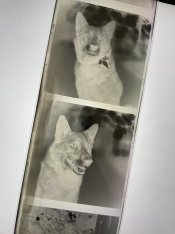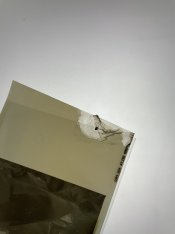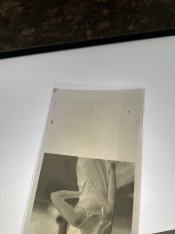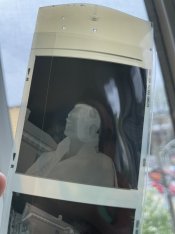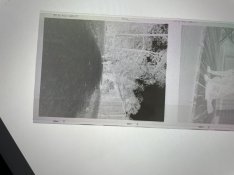RoboRepublic
Subscriber
Hi folks, I have some really nice pictures on some negatives, however they are all exhibiting a cloudy, milky appearance. I know, from experience, that were I to soak them in water, they will get soft and can easily be rubbed off by your fingers. The emulsions are a broad range: TMY-400, Delta 400, FP4. Please see attached examples.








